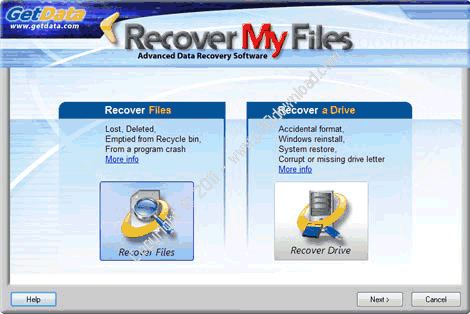Recover My Email Crack Download

Advertisement Microsoft Outlook is one of the, regularly ranking among the top clients. It’s only beaten by Apple’s integrated mail solution and Gmail for global email opens. Most people use Outlook at some time in their lives.
Jun 23, 2017 - So you just got hacked and lost access to your email or social media account. First, let's start with what you shouldn't do: panic.
Given those millions of users, it is understandable that at some point, someone will forget their Outlook password. And in those moments, you need a while keeping your data intact.
Here are three tools to help with Outlook password recovery. But first, we need to understand the difference between PST and OST files and how they store and password-protect your mail in Outlook. Differences Between Outlook PST and OST Files The way Outlook stores, manages, and secures your data depends on the type of account you are using. There are two main types of Outlook data files: • PST: A Personal Storage Table is the storage system Outlook uses for POP and IMAP accounts. Your email is delivered to and stored on the mail server, and is only accessible while online. You can Backing up old emails can seem complicated, but it doesn't have to be, especially if you're using Microsoft Outlook.
We show you how simple the process of archiving and storing emails can be. Poljskij torrent treker. To work on, but this also creates a new PST file. When you move to a new computer, Are you missing a feature in Microsoft Outlook? Here are Outlook tools that add useful functionality or provide quick access to its settings and features. • OST: You can use an Offline Storage Table file when you want to keep an entire local backup of an email account. All the data is stored on your computer as well as the mail server. This means the entire user account email database is accessible, regardless of network connection.
Changes sync when the user establishes a connection with the mail server. There are two more vital differences between the two file types. By and large, PST data files store vital information, such as passwords, to the local machine. This password locks unauthorized users out of the Outlook account, protecting emails and user data in the process. The OST data file also uses local storage but doesn’t contain any passwords. As such, the PST file is open for password retrieval. (Do note that OST passwords aren’t much more secure.).
The second difference is a bug in Microsoft Outlook’s password protection that relates to password storage. The Microsoft Outlook PST Password Protection Bug When you enter a password on a website, the site (hopefully) doesn’t store it in plaintext. Plaintext is what you’re reading now, so you can see why storing a password in this form isn’t so wise. The website takes your password and creates a hash. A hash is a long string of alphanumeric characters that represent your password and is tied to your username.
When you type your username and password combination, the database returns a positive response, and you enter your account. But if an attacker enters the database, all they see is a long list of confusing hash values. Here’s the problem with Outlook: Instead of using a complex hashing algorithm ( Everyone's talking about encryption, but if you find yourself lost or confused, here are some key encryption terms to know that'll bring you up to speed.), Microsoft appears to have cut some security corners using the basic CRC32 algorithm. Nirsoft’s PstPassword is a great free utility that automatically retrieves PST passwords for local data files. PstPassword displays three potential passwords due to the encryption bug. If the first option fails, you have two more choices. (In fact, PstPassword generates a long list of CRC32 hashes that might unlock the data file.) PstPassword doesn’t require installation, either.